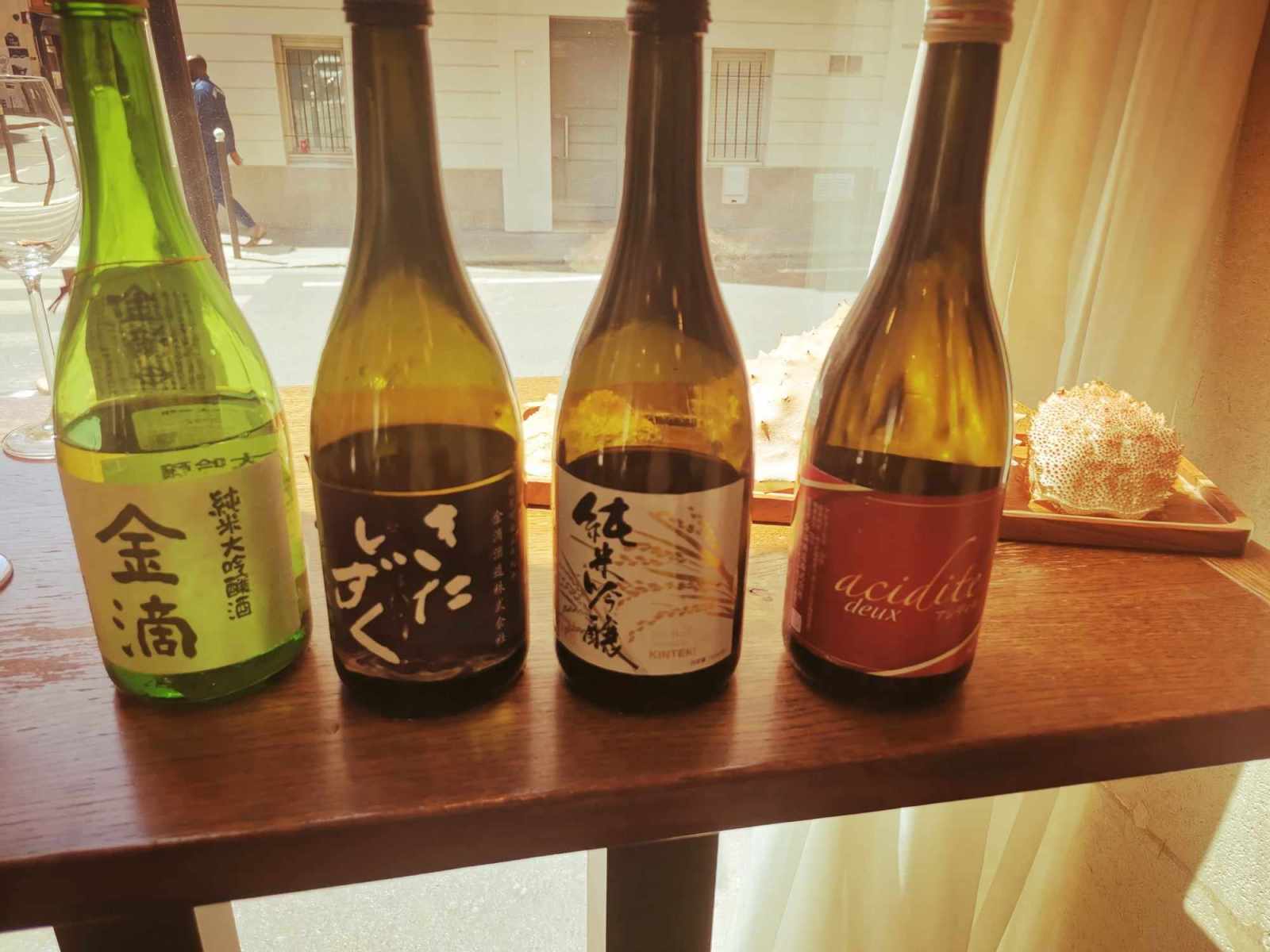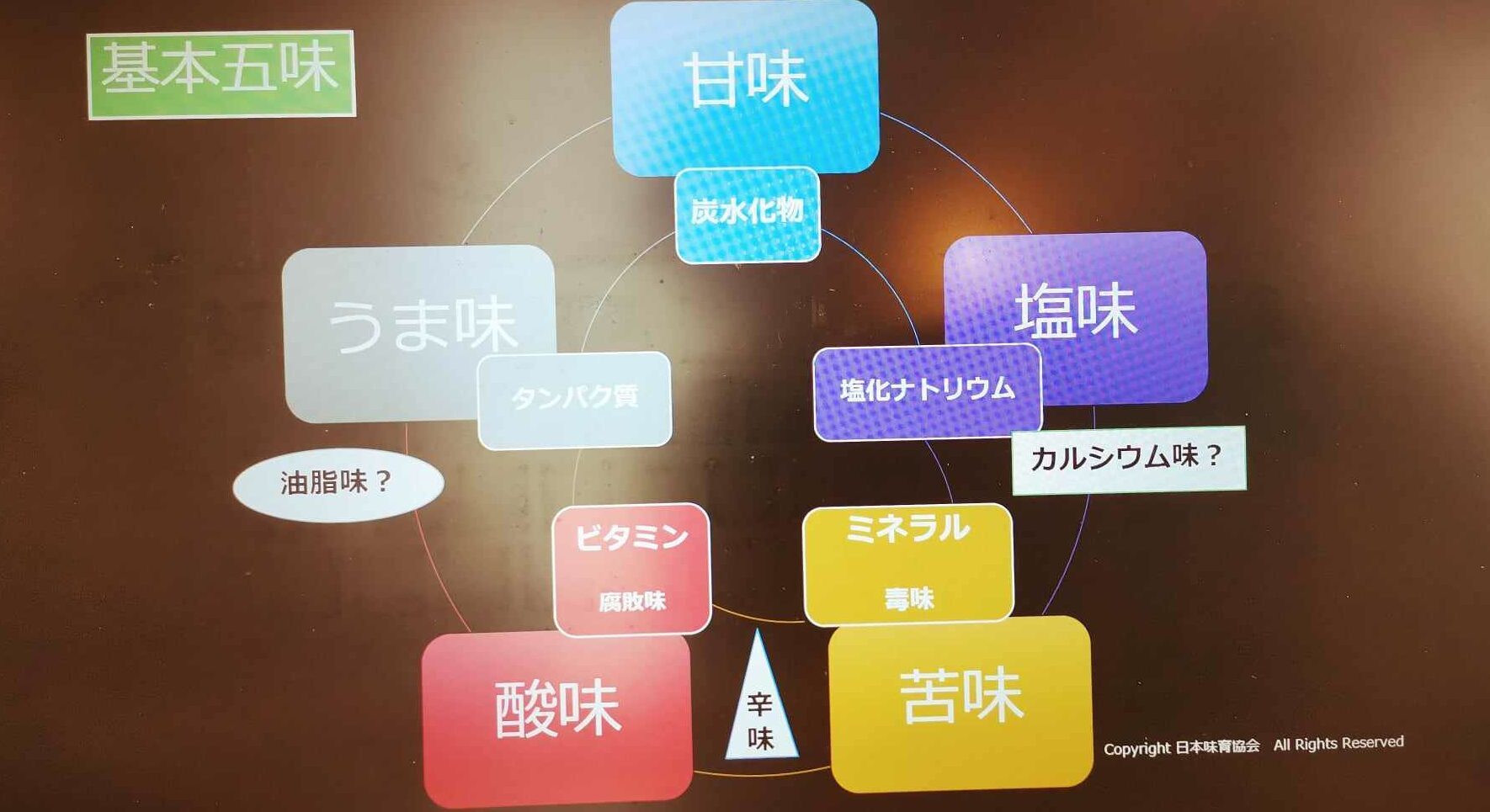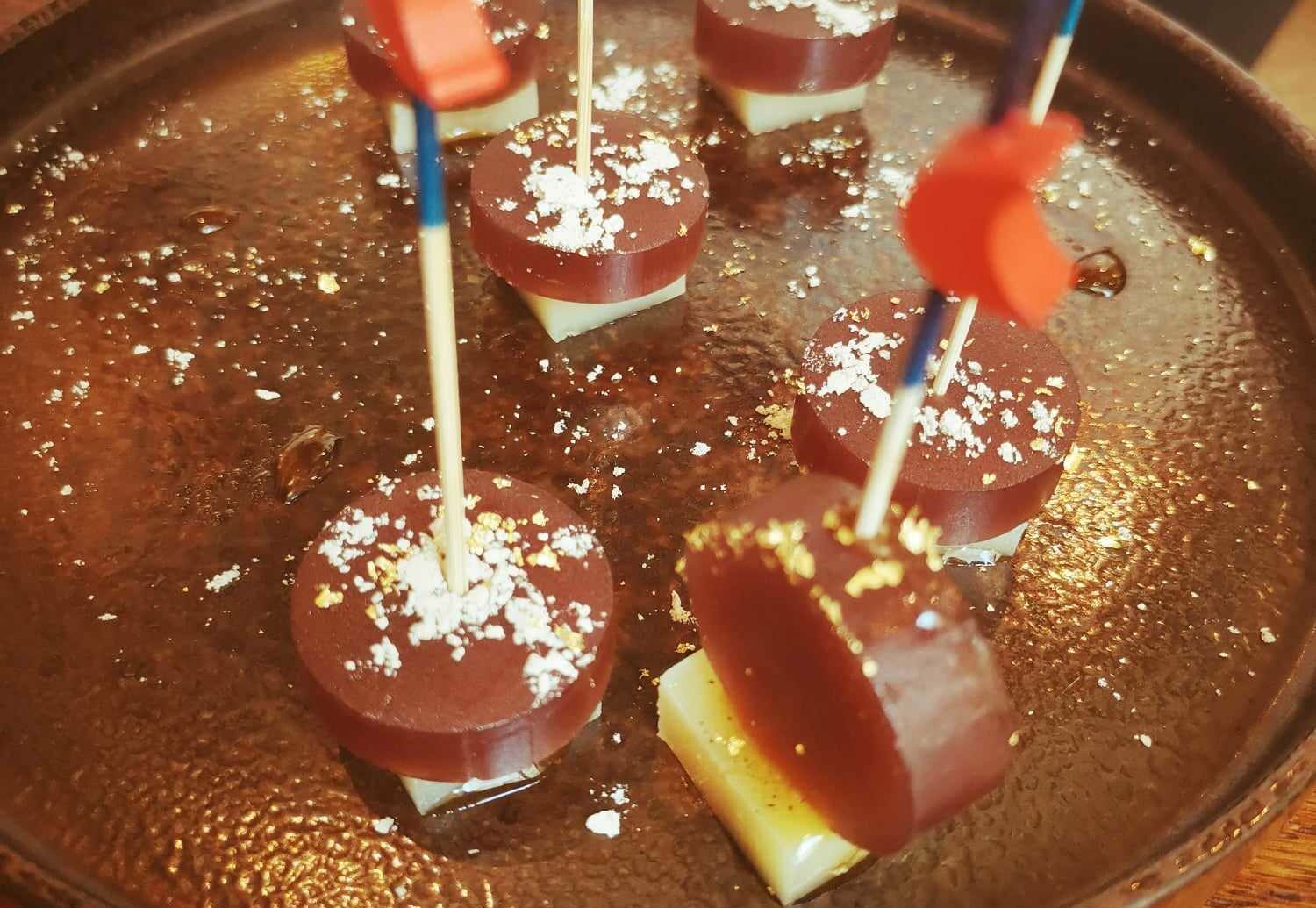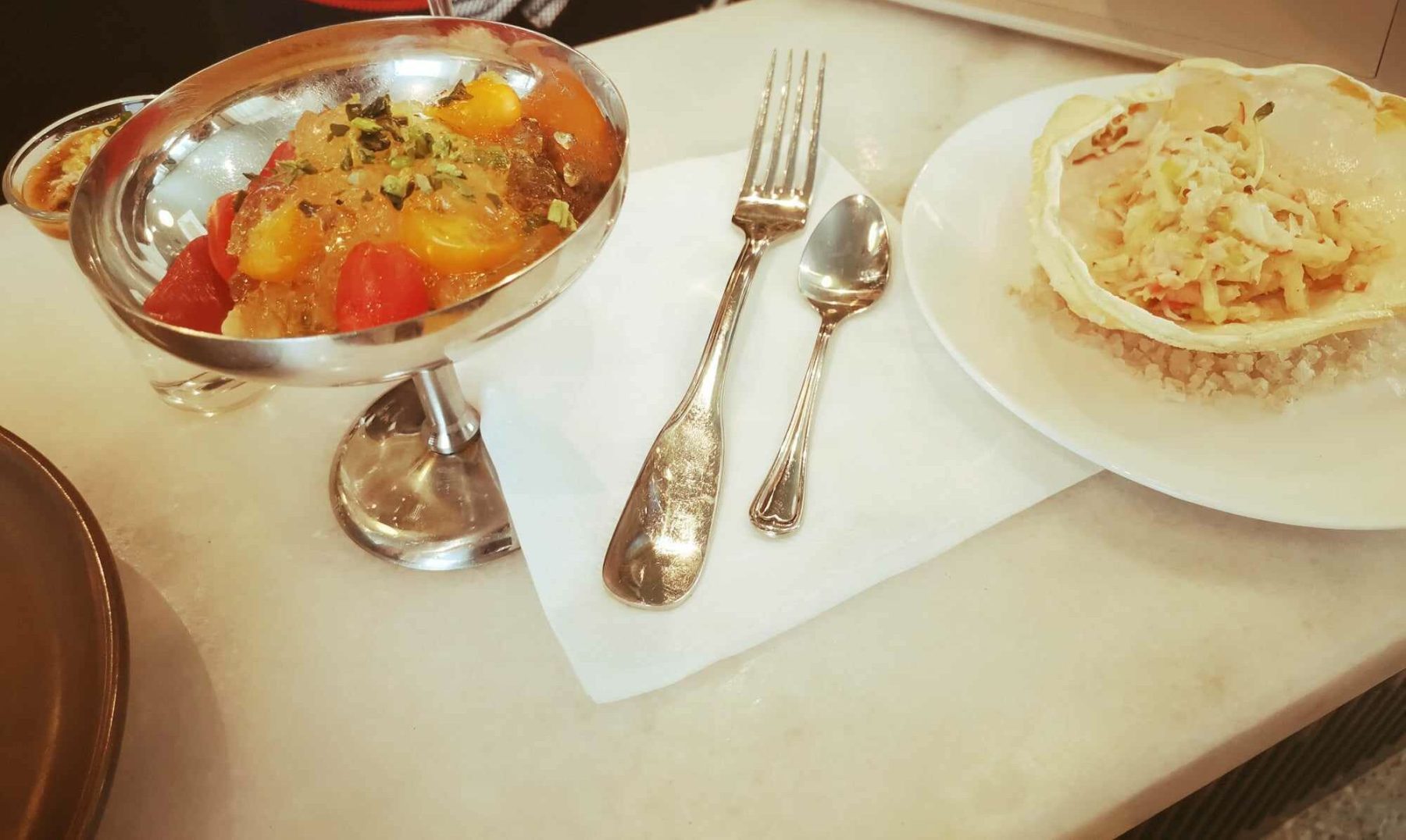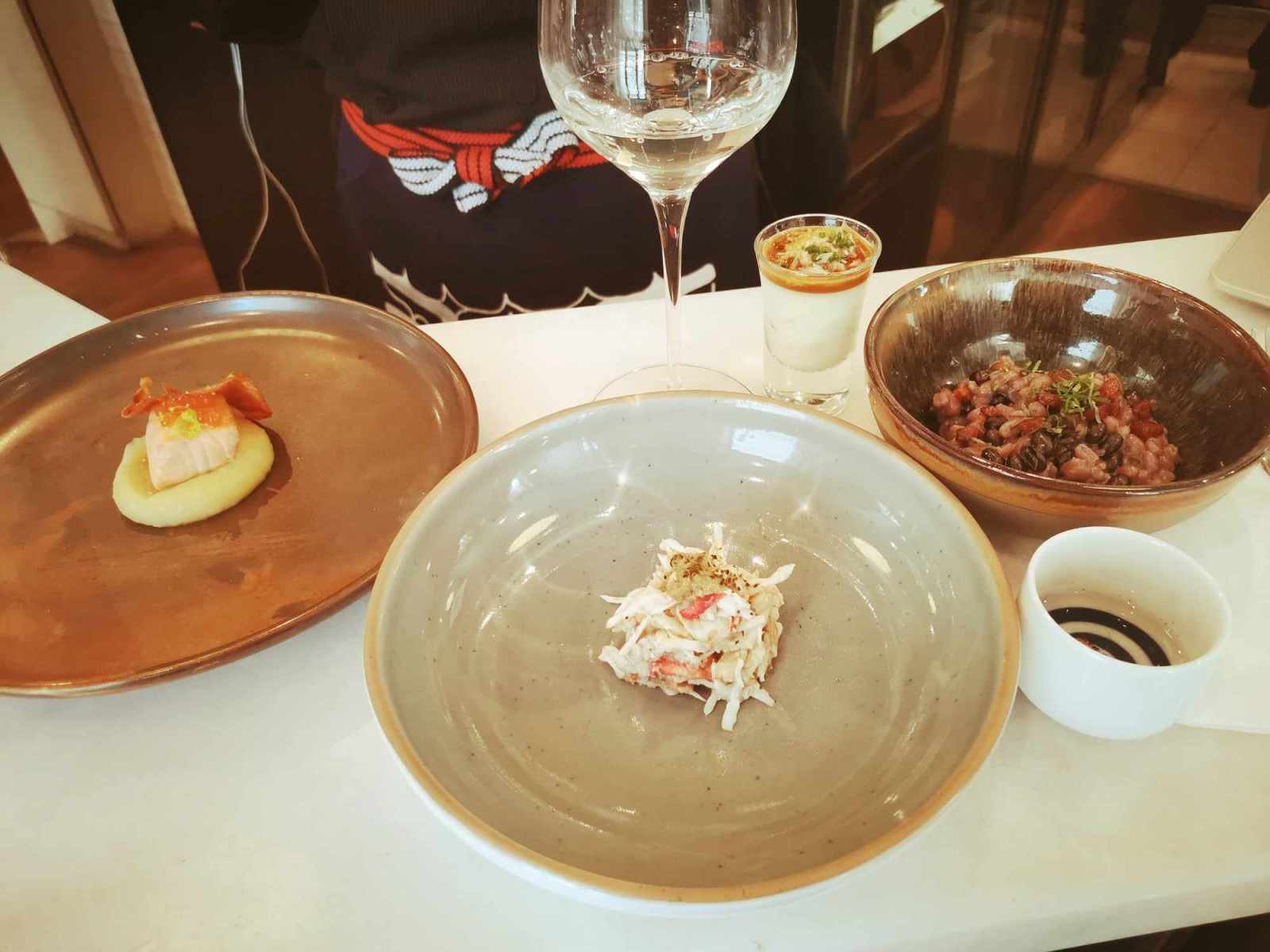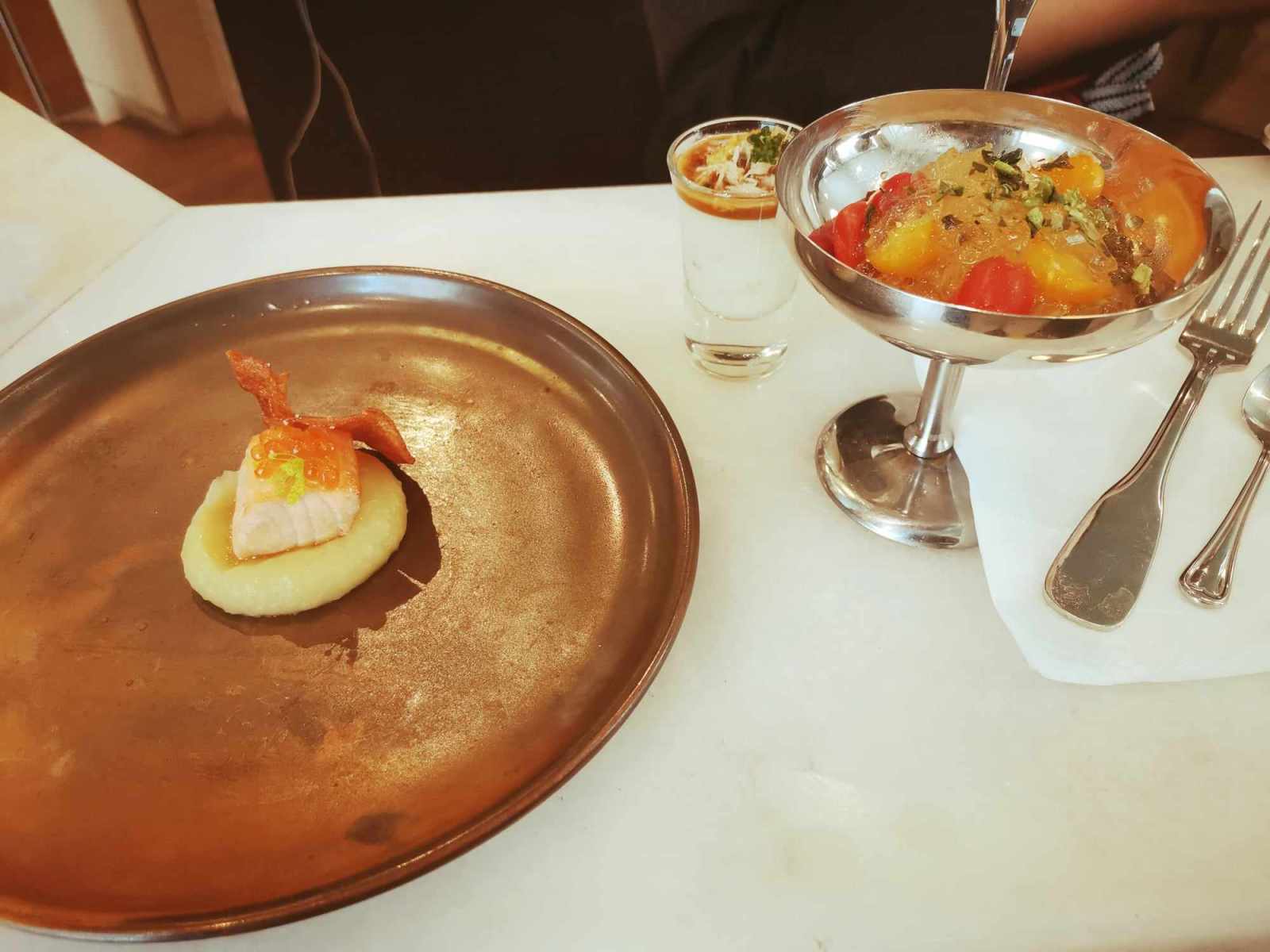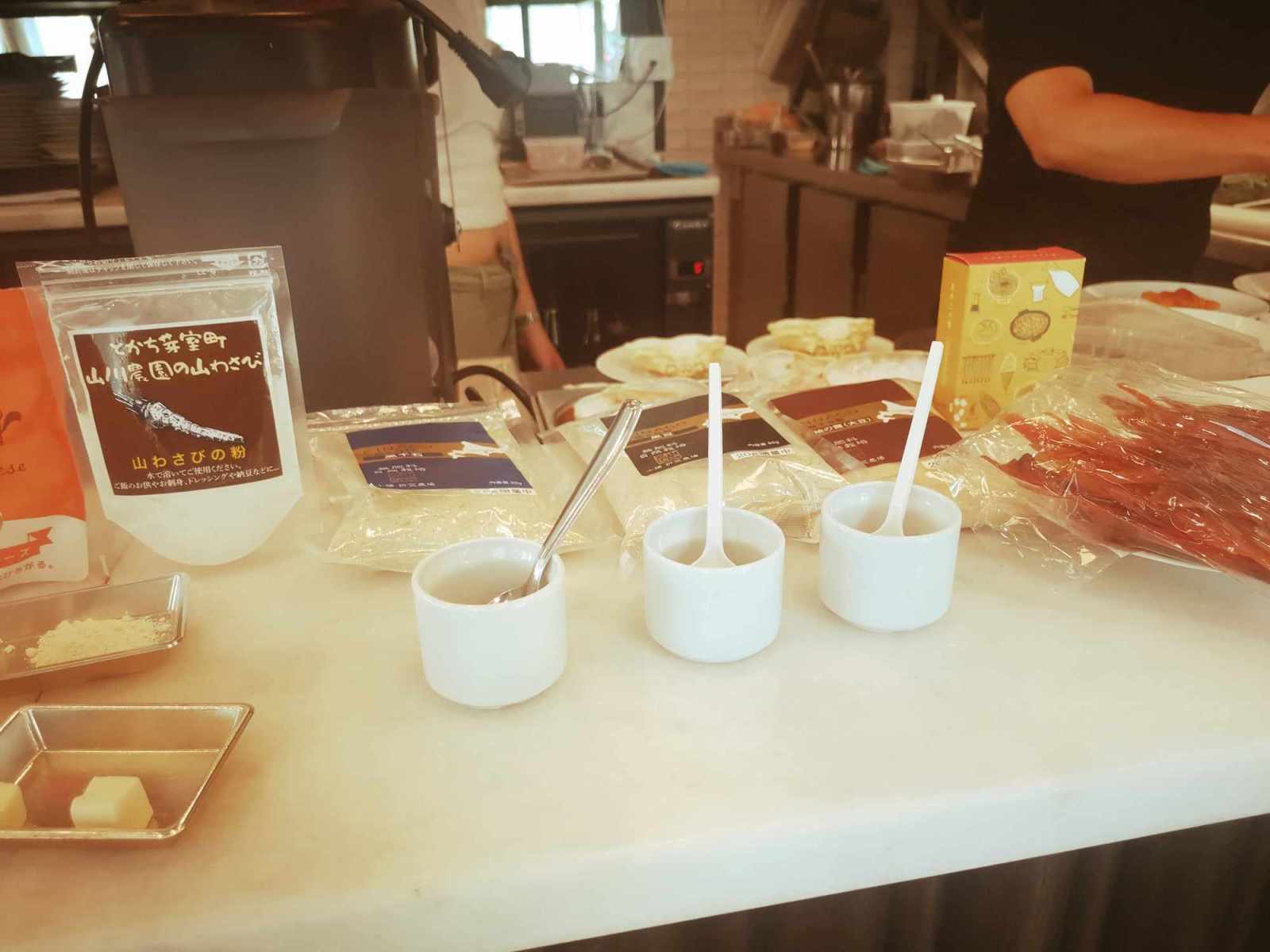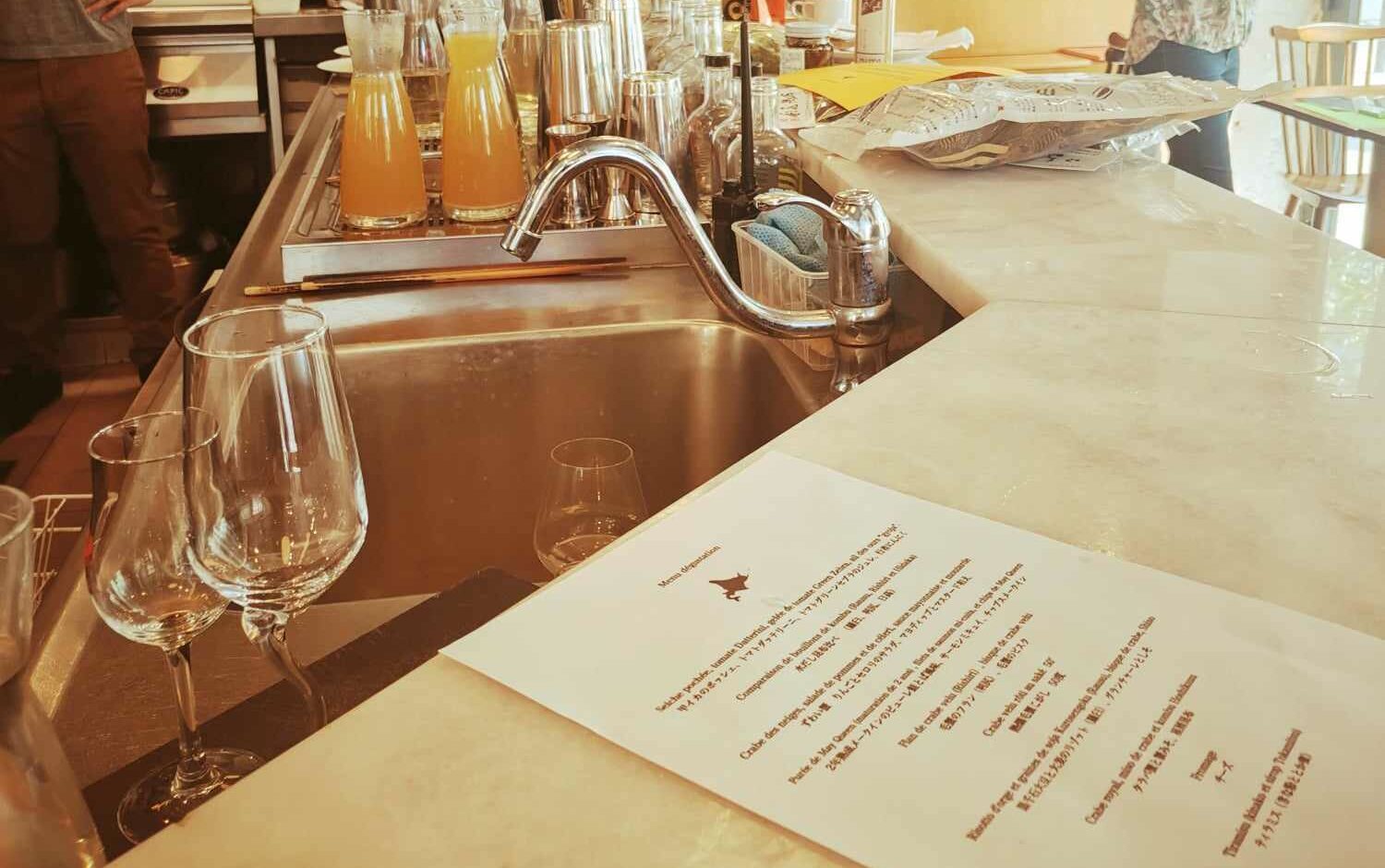Taste the Umami’s savors from Hokkaido gastronomy introduced in Machja Restaurant by chef Junko Miyagawa

©
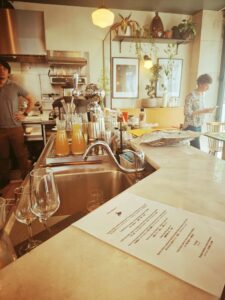
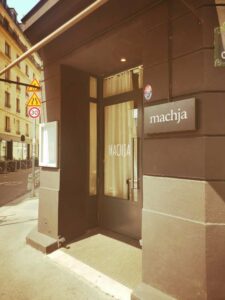
We hope you are ready to discover the spirit of Hokkaido gastronomy, through a selection of ingredients which are soon going to be soon available in France. At the occasion of a “Hokkaido Business Food Tasting Lunch”, held at the Machja Restaurant in Paris (whose chef is Koji Arima), on last July 3rd 2023, the Japanese chef Junko Miyagawa, a food education professional, came from this Hokkaido island in Japan, to display her own vision of this specific culinary art but not only. Indeed, we also had the opportunity to learn more about the Umami food philosophy. First of all, Umami is considered as the fifth flavor that awakens our senses, and offers a unique dimension to cooking and enriches our culinary experience.

From its discovery in Japan at the beginning of the 20th century to its integration into international cuisine, Umami has undeniably found its place on our plates. By better understanding this unique flavor, we may latter appreciate the foods that contain it the most and eventually experiment new combinations for our greatest pleasure. So the next time you enjoy a deliciously flavorful dish, take a moment to savor the Umami that would undoubtedly delight your taste buds. By AL
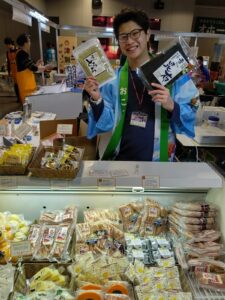

Don’t forget that there is a huge tradition of seafood and agricultural products in this Japanese island of Hokkaido. Moreover, most of the local cuisine is mostly highlighted by 5 flavors, the 5th of which is called Umami (photo credits: Hokkaido Tourism).
Thus, you already know carbohydrates, proteins and lipids for the energy of your body, and in the second part, minerality and acidity. So if we balance these different elements, you would find glutamic acid in many elements (vegetables, bones, and vegetables), along inosinic acid (meat) and succinic acid (seafood).


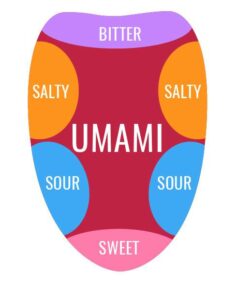
Then, Umami is considered as mainly derived from glutamic acid, which is a type of amino acid, leading to a tasty chain reaction due to binding with other flavors, such as minerals.
By the way, there are more than 500 amino acids in nature, despite humans usually only consumes 20 of them, mainly dominated by glutamic acid which is the basis of this Umami concept and is therefore able to connect us with any other random aromas. Nonetheless, as regularly described as the fifth flavor, Umami has naturally succeeded to stimulate countless appetites, all around the world since its discovery in the early 20th century.



For information, the Japanese researcher Kikunae Ikeda made the discovery of Umami in 1908, when he isolated glutamate as amino acid, from dried seaweed. He noticed that this substance gave off a particular flavor that did not correspond to the other basic flavors (so to say sweet, salty, sour and bitter). He then identified glutamate as the source of this unique flavor, which he named Umami. Since then, other glutamate-rich substances, such as glutamic acid but also inosinate and guanylate, have also been identified as contributing to Umami.
Since then, Umami has convinced a huge part of the culinary world and established itself as an essential part of modern cuisine.


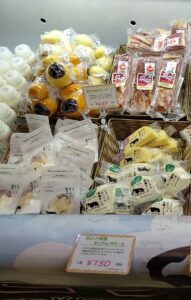
In fact, Umami is often described as a savory, meaty and satisfying flavor. This notion complements other base flavors by adding depth and complexity to dishes. Moreover, Umami is found naturally in certain raw ingredients, such as ripe tomatoes, mushrooms, aged cheeses, seaweed, in parallel of slow-cooked meats, fish-based sauces, and rich broths.
In addition, Umami plays a vital role in daily cooking in Japan, especially in Hokkaido cuisine, as it is believed to improve the taste of food and help create balanced and flavorful dishes. It is therefore not uncommon to find chefs who often use ingredients rich in Umami to enhance many sensations from their culinary creations.
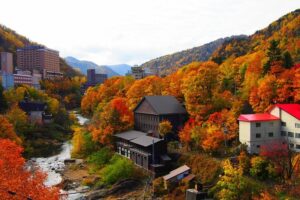


For example, the use of soy sauce in Asian cuisine, but also parmeggiano in Italian cuisine, or even miso in Japanese cuisine, leads to highlight the importance of Umami in global gastronomy. Apart from its role in improving the taste of food, Umami may also provide healthy benefits.
Indeed, glutamate, which is one of the most emblematic ingredients of Umami, is also an essential cerebral neurotransmitter. In fact, many researches have shown that Umami can often reduce the amount of salt in dishes, which can be beneficial for those looking to control their sodium intake.



In order, to illustrate this nearly abstract notion of Umami, we offer you a culinary trip to Hokkaido, the second largest island in Japan. Not only famous for its picturesque landscapes and snowy winters, but also for its unique cuisine rich in sensations. De facto, the specialities of Hokkaido send a real invitation to discover the northern flavors of Japan, from its fresh seafood and unique ingredients, this region offers culinary delights that are able to tempt any epicurean.
Indeed, nestled in northern Japan, this island offers an abundance of fresh products from the sea, but also surrounding mountains and fertile lands, embodied by a rich and diverse food culture. Therefore, culinary traditions are passed down from generation to generation, and family restaurants and fresh products, notably from markets, perpetuate this precious culinary heritage.



For your information, Hokkaido‘s cool climate is conducive to growing some exceptional ingredients. Among the most emblematic products, we may easily count on fresh seafood, such as snow crab, scallops, sea urchins and salmon. These marine delicacies are often eaten raw to fully appreciate their freshness and natural flavors. Additionally, Hokkaido is renowned for its premium dairy products, including milk, butter, and cheese, thanks to its thriving cattle ranches.
Without forgetting the wide range of sakes, mostly produced in premium breweries, never too far from the sea. This point often offers some very pleasant iodine touch. A perfect match to accompany the illustrious specialities, known under the names of Genghis Khan, Jingisukan, ramens and sushis.

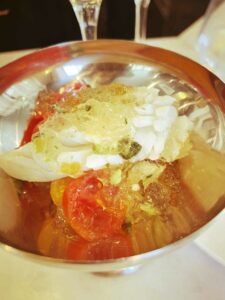
Therefore, at the occasion of this promotional lunch, the chef Junko Miyagawa prepared a selection of 8 typical specialties, such as hairy legs from roasted king crab, served into a hot bath of one from the three proposed types of Hokkaido sakes, that can be either served hot or cold (photo credits: Rue Guilleux).
This original appetizer was followed by some poached squid, covered by tomato datterini, plus ascetic garlic but also green zebra tomato‘s juice. Without forgetting a smooth salad of snow crab, mixed with apple and celery, under some Japanese mayonnaise and mustard sauce.
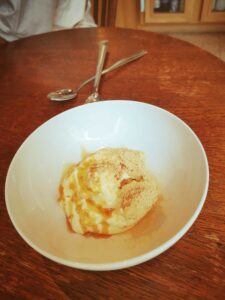
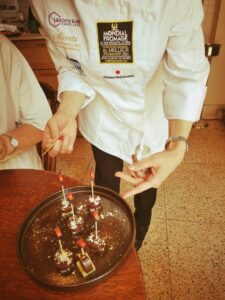
Adding to this, don’t miss again a hairy crab based flan, called Rishiri, drowned again into a hairy crab bisque, as a good suite for a kurosengoku black soybean and barley risotto, also known as Rausu, starring shiso. Icing on the cake, don’t miss soon to taste this uncommon 2-year-aged May Queen potato puree, that was aged for 2 years in a snow room, adorned by grilled salmon and small May Queen chips (photo credits: AL).
At last, we had the chance to try the dairy creations of Chisato Nagahara, composed of local cheese portions, married with anko, as red bean paste. Just before appreciating her own version of tiramisu, full of smooth cheese cream, kinako soy powder and tokamitsu syrup.
Machja Restaurant, 85 Rue de Charonne, 75011 Paris (France) / Phone : 00 33 (0)7 69 63 59 91. More information on the official website of Hokkaido Tourism or the page of the chef Junko Miyagawa.
- Kombu & sake by Kitaguni Inc.
- Cheese by Toyo Factory
- Aescetic garlic by North Production Co.
- Soybean flour by Orikasa Farm
- Mustard by Belsaison Farm
- Molasses by Tomoko Sato
- Sake by Kinteki Brewery
- Cheese by Tokachi Pride
- Salmon sticks by Yamamoto Shoten
- Snowy storehouse sweet-ripened potatoes by Tokachi Inoue



